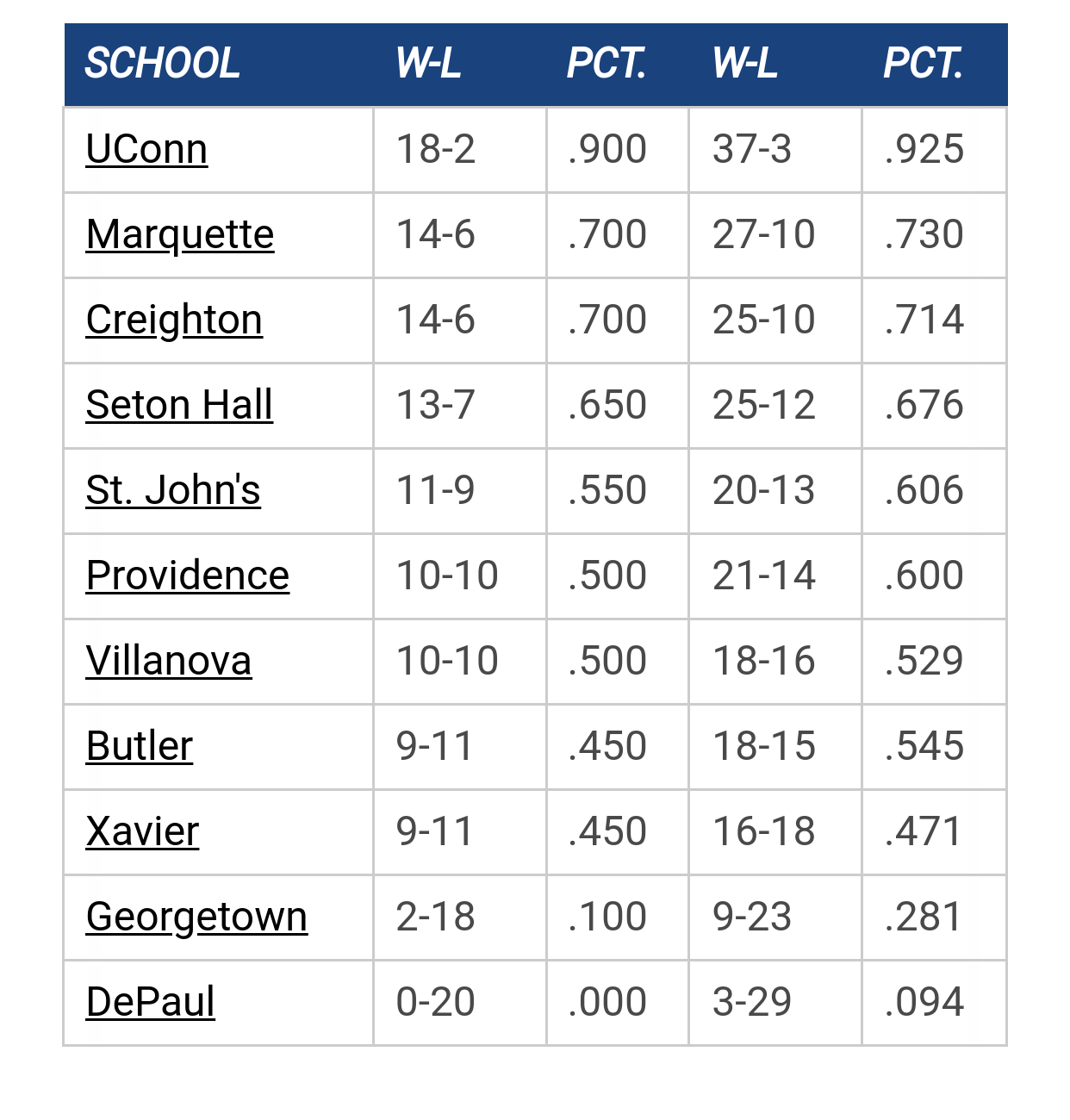- Welcome to MUScoop.
2025-26 Schedule by ChuckyChip
[September 12, 2025, 03:48:51 PM]
Any Updates On Men's Basketball Practice Facility Funding? by TedBaxter
[September 12, 2025, 03:22:21 PM]
[September 12, 2025, 03:48:51 PM]
Any Updates On Men's Basketball Practice Facility Funding? by TedBaxter
[September 12, 2025, 03:22:21 PM]
The absolute only thing required for this FREE registration is a valid e-mail address. We keep all your information confidential and will NEVER give or sell it to anyone else.
Login to get rid of this box (and ads) , or signup NOW!
User actions


